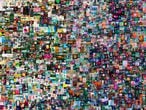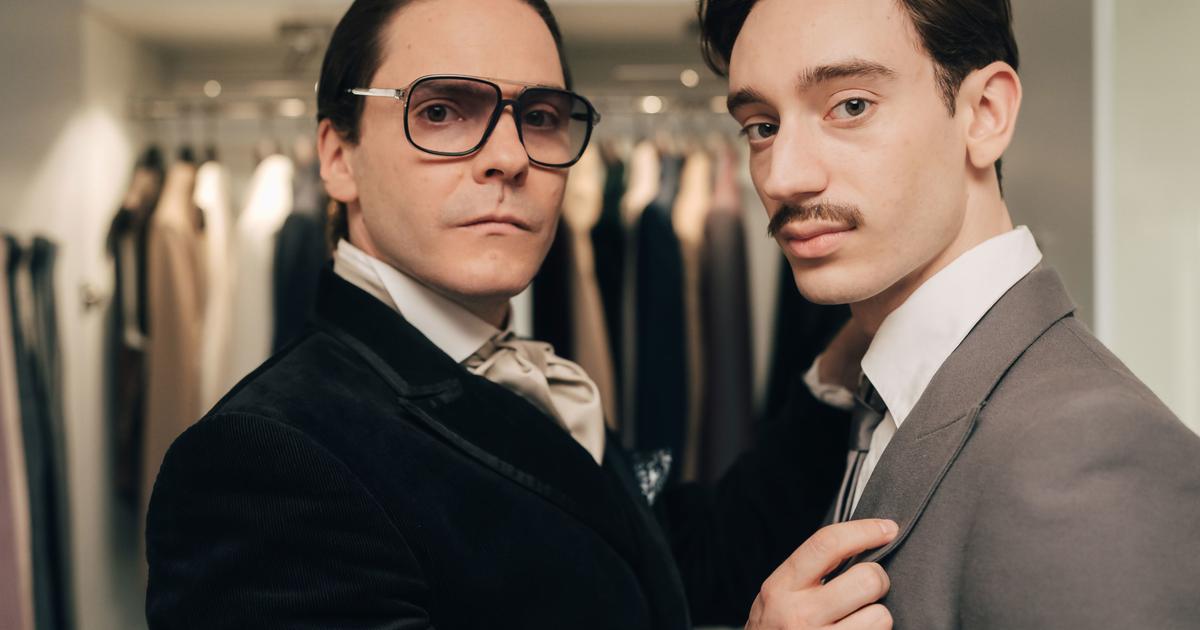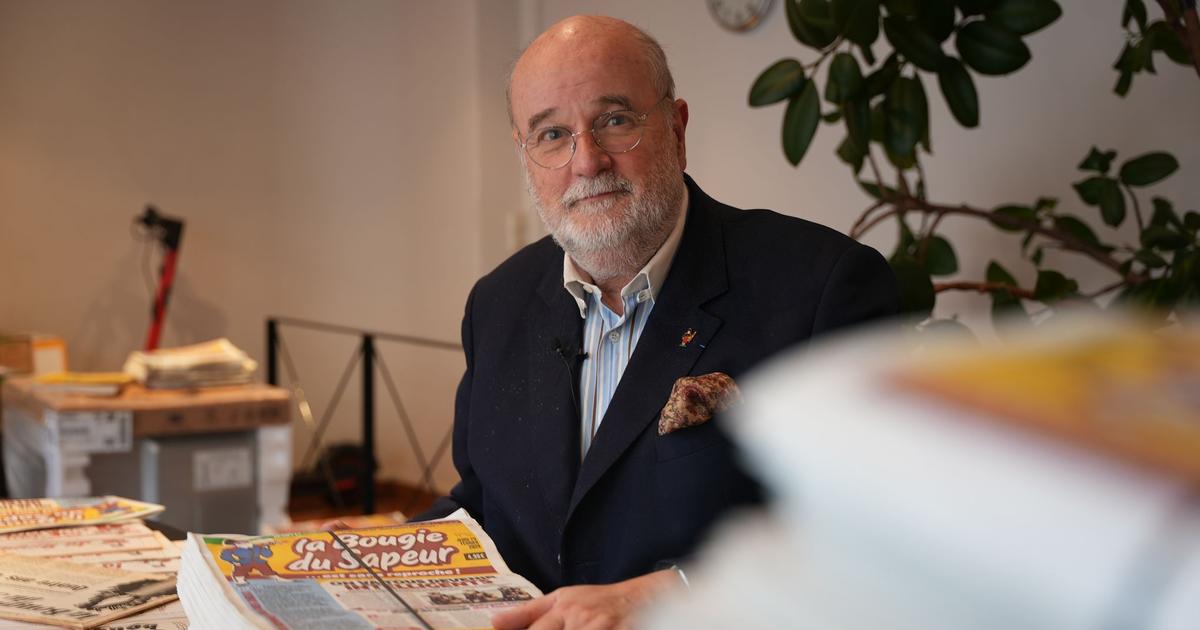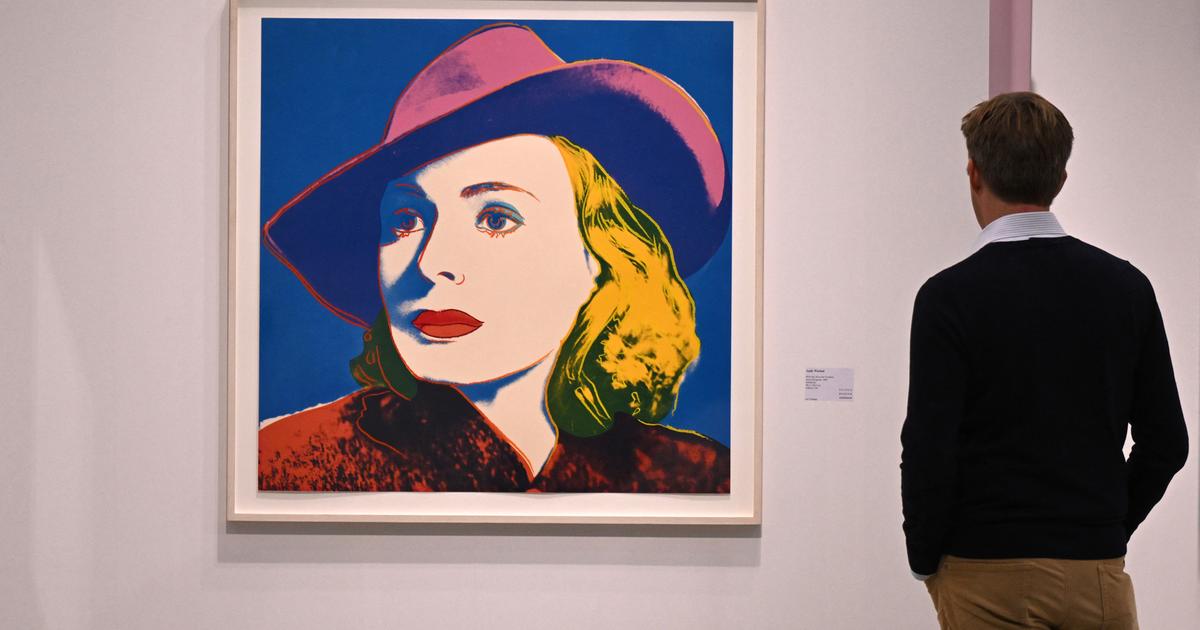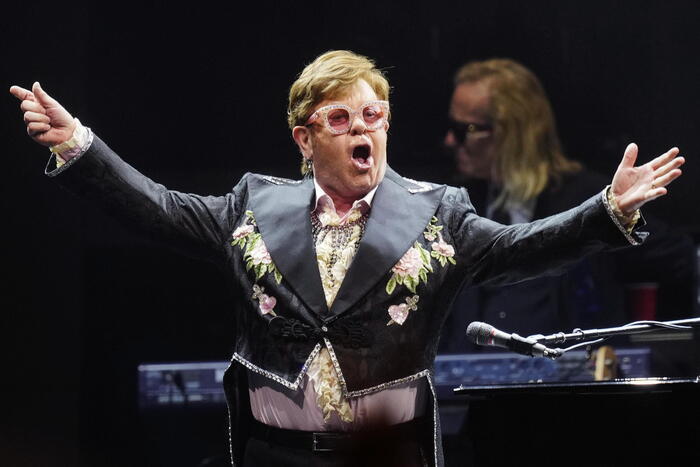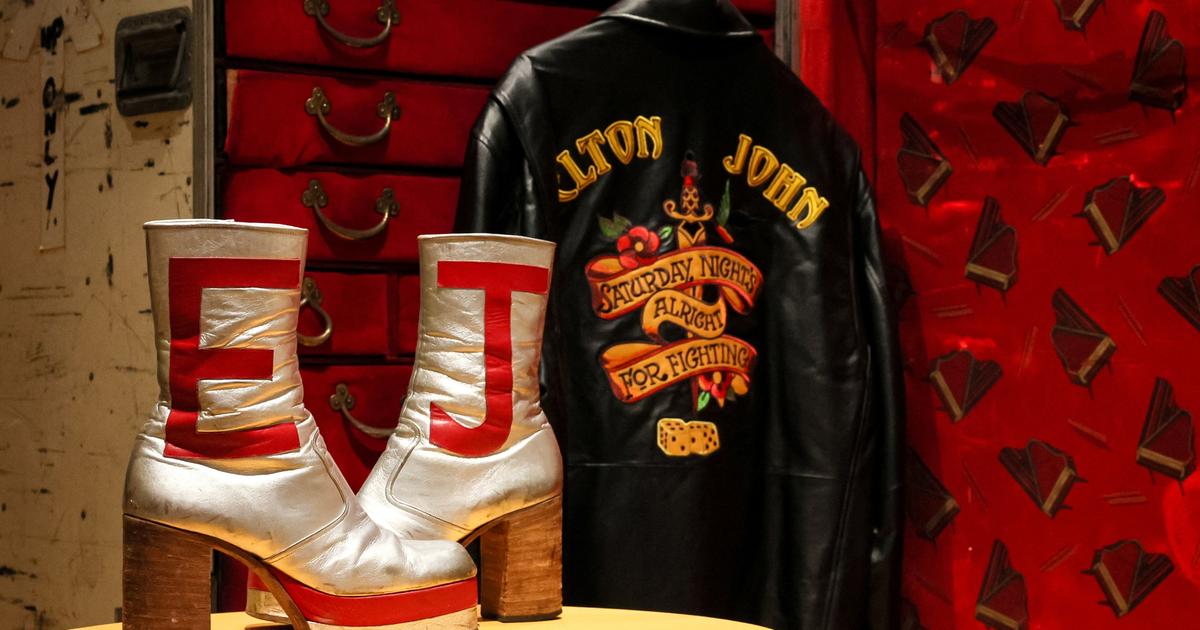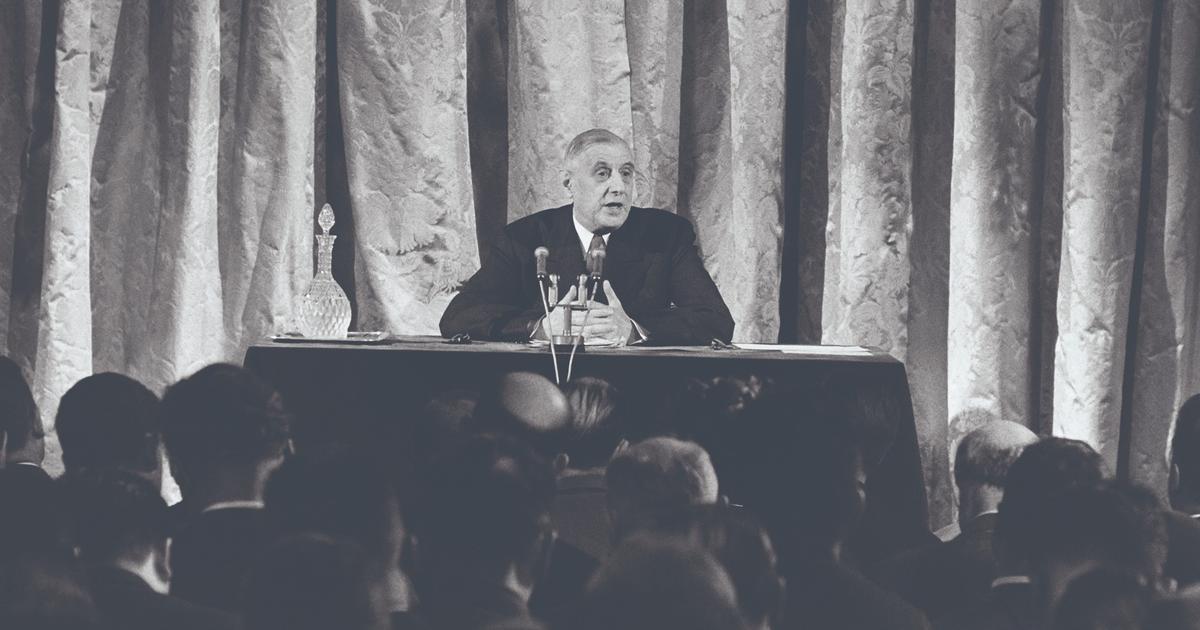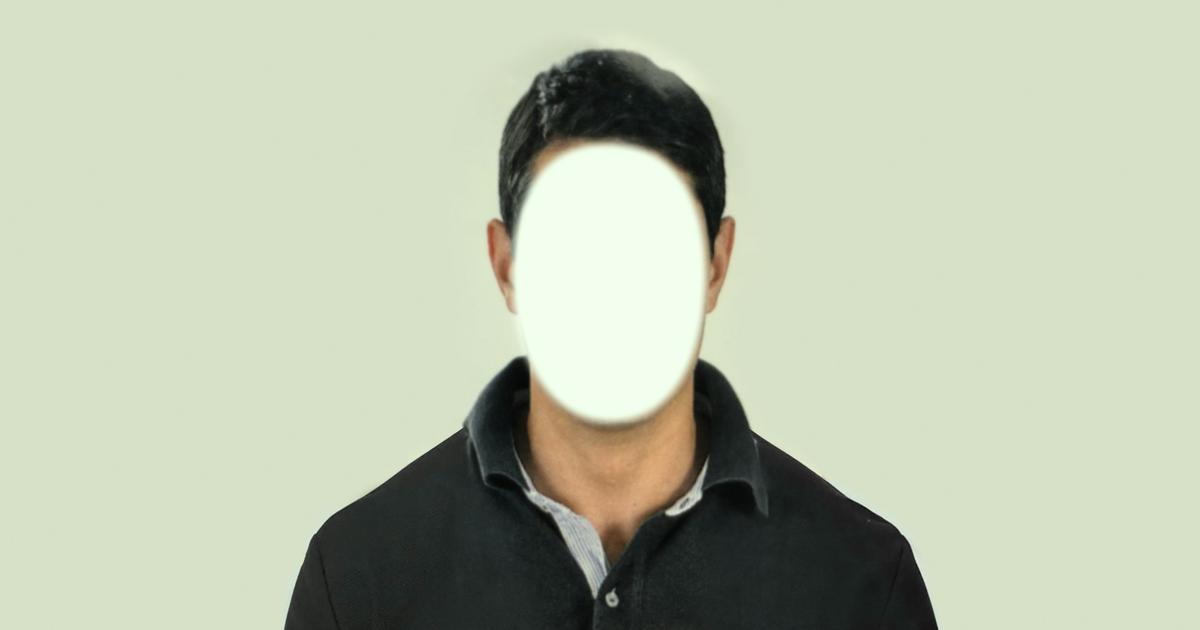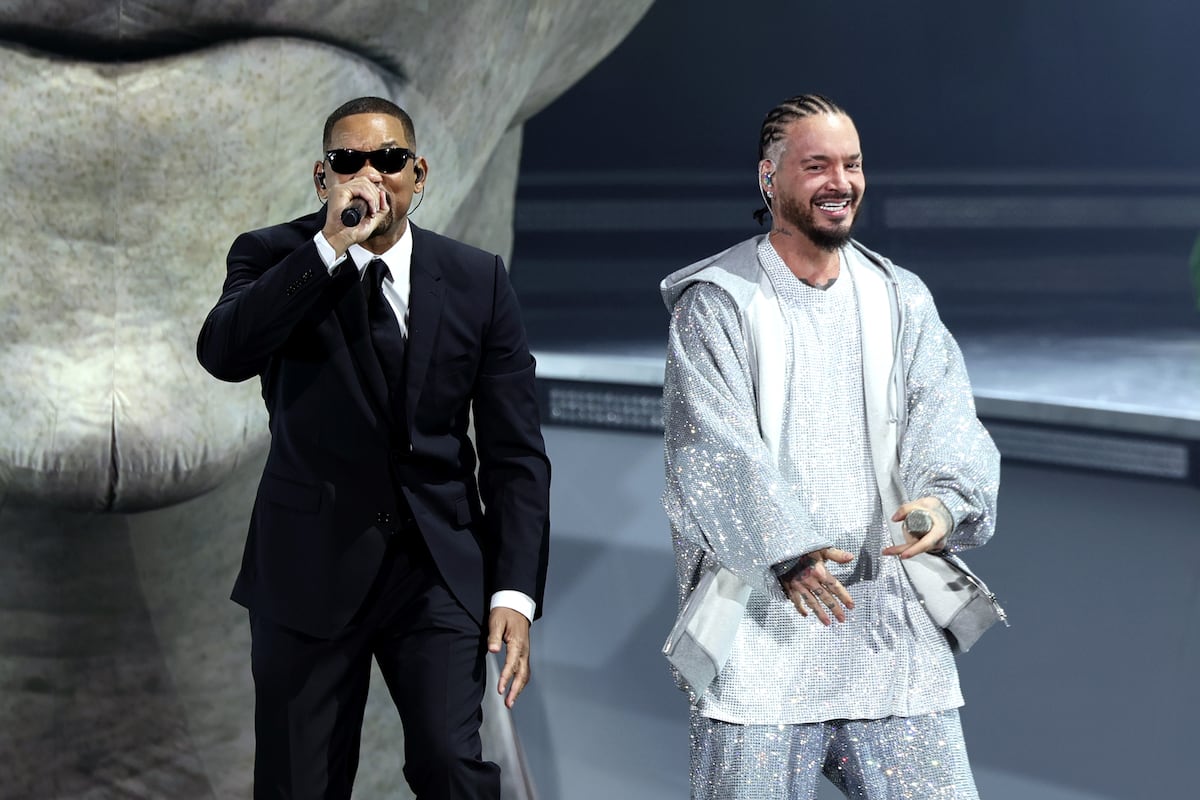'Untitled (Campbell's Soup Can)' is one of the digital objects that Andy Warhol created in 1985, now auctioned by Christie's.
The studio that recovered these files exhibited a selection of them in 2019, presenting them in their original medium. The Frank-Ratchye Studio
Andy Warhol was a forerunner of digital creation.
Thanks to the sponsorship of a computer firm, the contemporary art monster conceived a dozen digital pieces in 1985, five of which were sold this Thursday at an auction at Christie's, which totaled the equivalent of 2.6 million euros. .
Little when compared to the recent sale of a digital work by the hitherto unknown Beeple, awarded in the same house for 56 million.
After a week of bidding, Campbell's iconic can fetched € 960,000, followed by one of the self-portraits, which cost € 574,000.
But some experts question the manipulation of the original files.
More information
Christie's signs up for crypto art
Warhol and Basquiat, a turbulent relationship
On July 23, 1985, Warhol slid onto the stage of Lincoln Center. There he presented the latest Commodore International computer, the Amiga 1.000, in a live demonstration with singer Deborah Harry. "Are you ready to paint me?" She asked. Then the pop artist revered the audience and held the mouse as if it were a paintbrush; thus he produced his first digital piece. In search of this and other files, a group of engineers spent three years decrypting Warhol's floppy disks. It was not until 2014 when the discovery of a material illegible by current teams was made public. After converting to the modern PNG extension, but respecting its original dimensions of 320 pixels wide per inch,the foundation that watches over the artist's legacy asked the experts for an extension for advertising and printing purposes. This 6,000-pixel optimization is what Christie's has put up for auction, an operation that Golan Levin, one of the authors of the computer rescue, values as anachronistic.
Andy Warhol's digital self-portrait, created with a Commodore computer in 1985, was auctioned this Thursday at Christie's for € 574,000. © Christie's Images Limited 2021
"An image has been sold that could not have been made with the 1985 Amiga or stored on a 1.4 megabyte floppy disk," says Golan, director of the Frank-Ratchye Studio, a laboratory at Carnegie Mellon University (Pennsylvania) that tracked the Warhol archives alongside artist Cory Arcangel and the CMU Computer Club hackers. They inspected about thirty floppy disks, where they found drawings made with Commodore's ProPaint program, with an Asquared digital camera - the same one used in Harry's portrait - and another 35-millimeter Polaroid machine, designed to photograph the monitor. Fascinated by the technology, Warhol would have applauded its recent landing in the digital asset market, according to Golan. However,the researcher complains that Christie's auctioned what he considers second-generation copies: “If they had decided to sell the restored originals that we managed to extract, the bidder would have the assurance that each pixel is the work of Warhol. Enlarged reproductions do not offer such a guarantee ”.
This increase was carried out by means of the Photoshop editing program, whose interpolation filter creates new pixels from the existing ones. During a 30th anniversary exhibition, Frank-Ratchye Studio exhibited these drawings in PNG format. They played the files on an original Amiga monitor so that the viewer could appreciate the works as they were intended. Why has the Andy Warhol Foundation chosen to sell a resized version at Christie's? Golan believes that galleries and other cultural institutions interpret high resolution as an absolute value, synonymous with better quality. "This totally fails if applied to originals like the ones Warhol created with the Amiga computer," he says. Another engineer involved in the extraction of the files, who prefers to remain anonymous,points to a possible lack of liquidity: "The foundation needs quick money."
'Sin nombre (Self-portrait)', one of Warhol's digital assets created in 1985, has been auctioned at Christie's for the equivalent of 50,000 euros.
In the picture, during a 2019 show.THE FRANK-RATCHYE STUDIO
Warm day
The Warhol Foundation declines to provide information about the bid.
Days ago, Christie's announced the pop artist as "a new digital star", a debut that could be considered minor compared to other recent operations from the same house.
Two physical works by Warhol were awarded in May: a serial print with the face of Marilyn Monroe and a silkscreened still from the film
Angels with Dirty Faces
(1938).
The first was sold for the equivalent of 8.4 million euros, the second for three million.
And another virtual example: the
collage
of 5,000 images that Beeple - until now an unknown - placed at Christie's for a record 56 million euros. Óscar Hormigos, director of Onkaos, an international program to support digital creation, argues that it is “difficult to assess the price achieved by a Warhol work in relation to the rest of the NFT market [the certificate that guarantees the authorship of the non-expendable work] , inhabited mostly by digital natives ”.
Alexandra Kindermann, head of communications at Christie's in Europe, disagrees with the researchers who discovered a pioneer of crypto art in the pop artist. She defends that the five pieces sold ―authenticated by the Warhol Foundation― are “unique works, restored from the originals”. Settling the controversy about future reproductions, he denies that more NFT will be coined with the auctioned pieces, "unreadable files that come back to life thanks to technological advances." It is legitimate to ask why it was decided then to increase the resolution of its pixels. The advisor Elisa Hernando, executive director of Arte Global, believes that this gesture fits with the spirit of a spurious Warhol: "He was fascinated by the copy of the copy, his career was based on repetition and retouching."It may not be that different from what others are now doing with their legacy.

